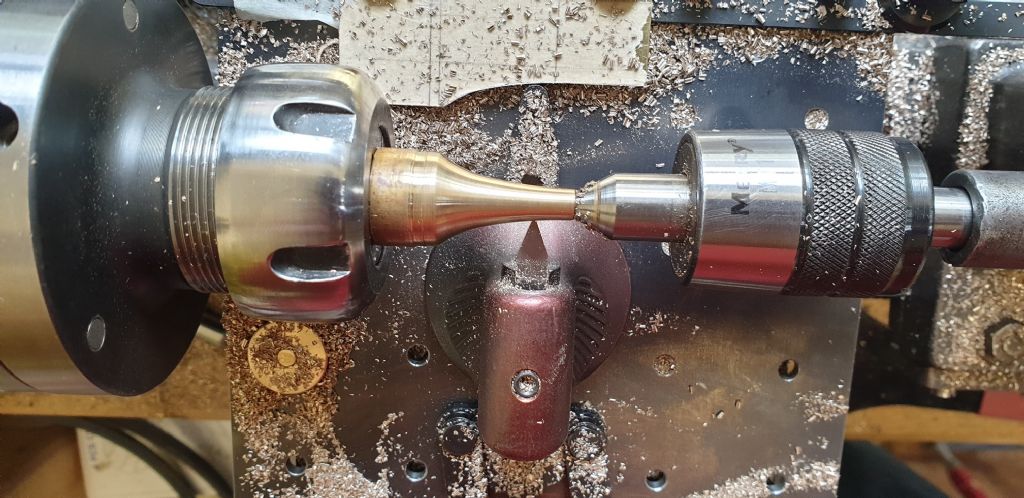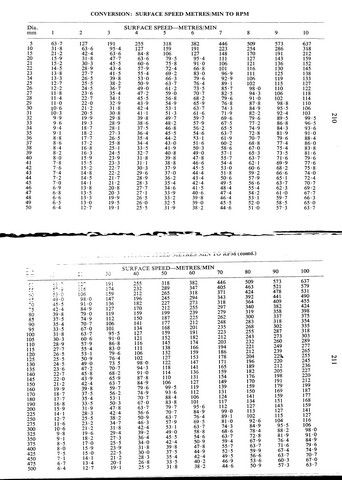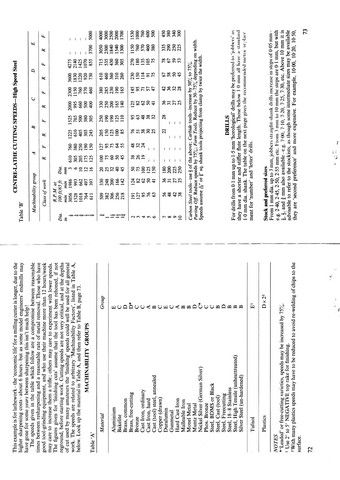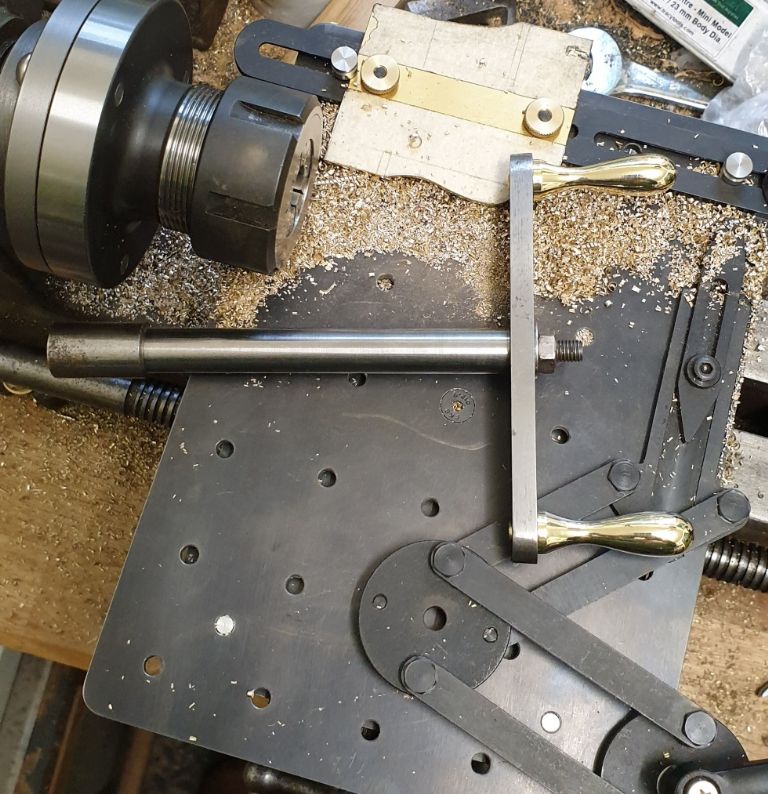Recommended Lathe speed?
Recommended Lathe speed?
- This topic has 19 replies, 12 voices, and was last updated 2 August 2020 at 17:48 by
larry phelan 1.
Viewing 20 posts - 1 through 20 (of 20 total)
Viewing 20 posts - 1 through 20 (of 20 total)
- Please log in to reply to this topic. Registering is free and easy using the links on the menu at the top of this page.
Latest Replies
Viewing 25 topics - 1 through 25 (of 25 total)
-
- Topic
- Voices
- Last Post
Viewing 25 topics - 1 through 25 (of 25 total)
Latest Issue
Newsletter Sign-up
Latest Replies
- Motor won’t start
- Request for a Slot to be Milled in a Shaft
- Bearing boxes for ball race
- Speed camera
- J&S grinder – belt which way ?
- Twin Engineering’s heavy mill/drill quill removal
- IME Watchmakers lathe
- The Stevenson Trophy – Entries Invited
- The Bradford Cup – Nominations Wanted
- FreeCAD v1.0 tutorials









